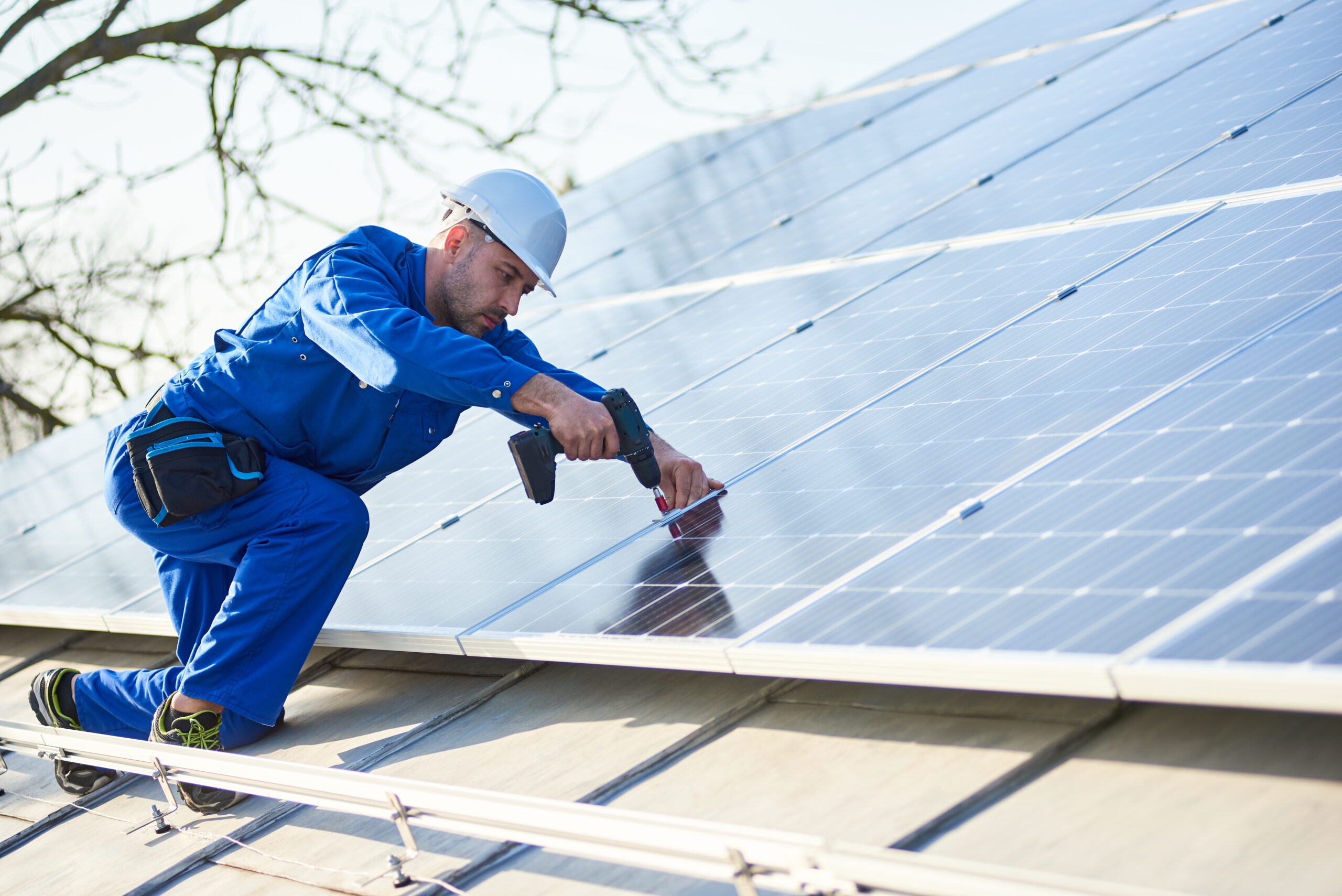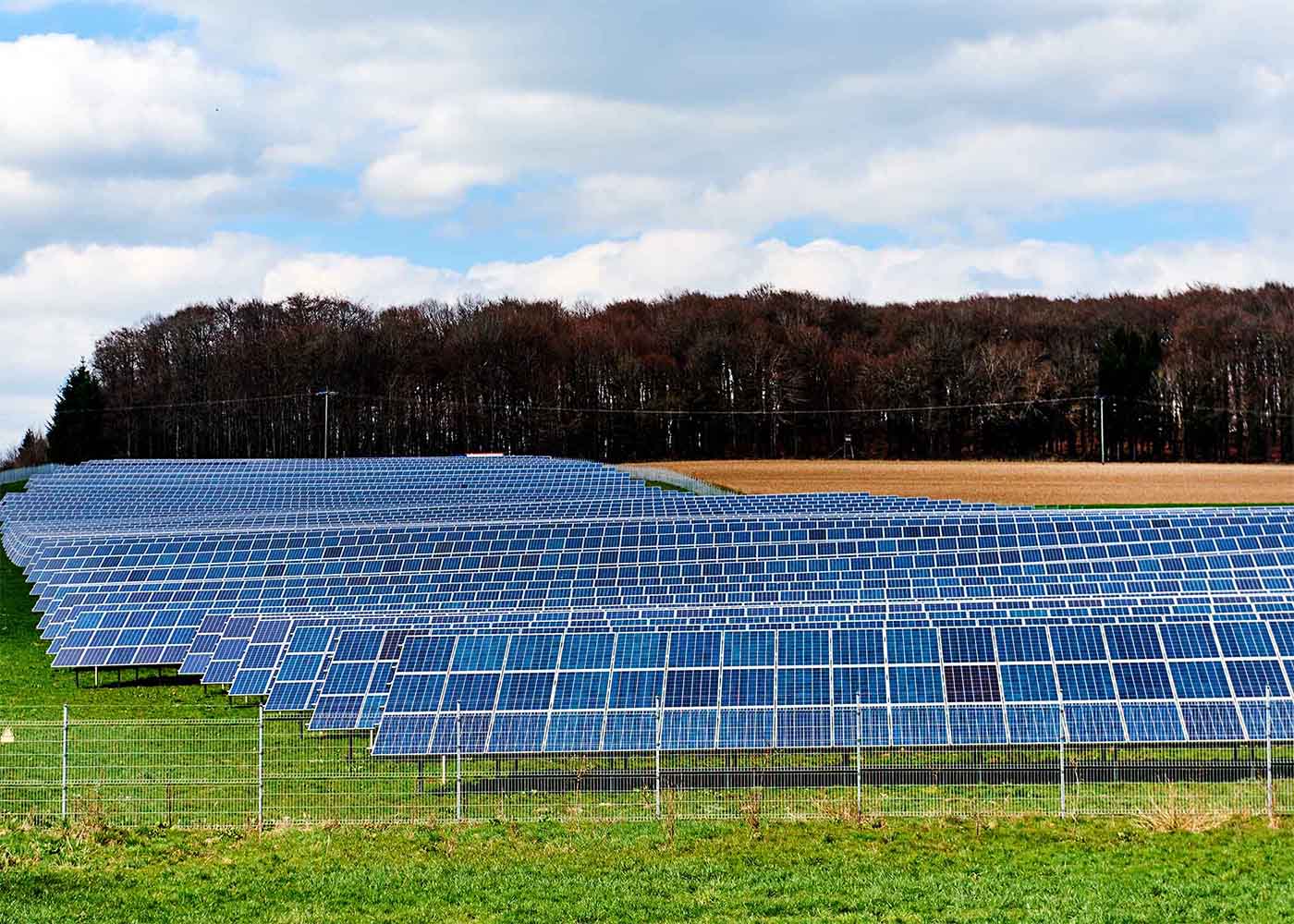Over the past decade, there has been a renewed interest in independent living and total self-sufficiency.
This has coincided with a strong focus on green initiatives and eco-friendly energy production.
Whether you want to achieve energy independence for enjoying life on the road, building a homestead, or going green in the suburbs, solar panels should top your list.
Solar power can revolutionize your finances, lifestyle, and reliance on the grid.
Financial Independence
Did you know that a quarter of Americans have no retirement savings at all?
In one of the wealthiest nations in the world, everyday people still have many financial hurdles to overcome.
Consequently, financial stability plays a crucial role in achieving true independence, and solar energy can help.
Let’s see how.
1. Lower Your Off-Grid Entry Costs with Solar Panels
There are dozens of ways property owners can master independent living, but almost all of them cost more than turning to solar.
Solar panel costs vary based on wattage and panel type.
Forbes estimates a cost of $1 to $1.50 per watt for monocrystalline panels and $0.90 to $1 for polycrystalline panels.
Once installed, they power themselves.
Consider these off-grid alternatives:
- Generator: A whole-house generator costs an average of $9,500 for the generator and installation. It then requires gasoline, diesel, or other fossil fuels to keep it running. This money could install roughly 9,500 watts of solar panels with no fuelling costs.
- Geothermal: Geothermal energy is an excellent choice for cooling and heating a home, but this is essentially all it does. It does not provide power for the rest of the home and costs an average of $10,455 to install.
- Wind Mills: Some property owners use windmills to supplement energy needs, especially at night and during the winter. However, private wind power is pricey. Installing a small wind project in 2019 averaged costs of $8,300 per kilowatt.
Even when you factor in the cost of a complete system and professional solar installation, average prices vary between $15,000 and $25,000.
Also, consider that there are no additional fueling costs after this, and solar systems rarely generate maintenance costs.
2. Access Green Mortgages
Did you know that Fannie Mae and the federal government provide particular loans for people buying energy-efficient homes or building one?
These loans are called energy-efficient mortgages, and almost all loan programs have one.
This includes conventional, FHA, and VA loans.
According to Energy Star, lenders factor in homebuyers’ cost-savings in utilities.
This may lead to more favorable loan terms and greater debt-to-income ratio flexibility.
These provisions make it easier to afford your ideal off-grid property.
3. Use Federal and Local Incentives
There are many state and federal level incentives for homeowners looking to build new solar arrays or add to existing ones.
The federal solar tax credit has steadily fallen over the years due to the lower costs of solar panels and other components.
However, the current 26% “discount” is still worth it.
Several states have also created incentives to lower the costs of adding solar to your home.
Consider these state incentive examples:
- California: The California Solar Incentive made the Golden State the leader in solar adoption in America. Sadly, the statewide rebate program has since ended. The Single-Family Affordable Housing Program is still in effect and expires at the end of 2021.
- Texas: Texas has no statewide solar incentives, but some of its localities do. The city of Austin, for example, has several rebate programs for commercial, multifamily, and residential projects. Other areas with rebate programs include San Marcos, Sunset Valley, and Denton Municipal.
- New York: New York provides an incentive program to cover low-income, residential, and small business solar projects. There is also a commercial and industrial incentive program for which farmers or ranchers can apply.
4. Protect Against Price Fluctuations
Solar panels and other solar component costs may fluctuate, but the price of the sun is always the same: free.
Therefore, the sooner you get your solar system installed, the better protection you have against inflation and fluctuating energy prices.
You can then watch the market closely and gradually expand your system when prices improve.
Trade agreements with China currently have the most significant effect on the cost of solar components.
5. Increase Property Value
Even if you have no intention of selling your home, a property value increase could do wonders for your financial stability.
You can leverage that equity almost immediately by refinancing.
Here are some financially sound uses for your equity:
- Paying for additional off-grid upgrades, such as digging a well or installing geothermal
- Paying off any outstanding debt that has a higher interest rate than your mortgage
- Completing repairs on your home that could further improve the property value
- Funding income-generating changes to your property
- Starting a business you can run remotely
Lifestyle Independence
All the money in the world means little for independence if you haven’t learned how to be self-reliant.
Solar panels encourage self-reliance, especially if you intend to complete the installation and follow-up maintenance on your own.
6. Eliminate Location Restrictions
A lifestyle of independence likely won’t happen in the city or the suburbs.
However, moving out to the boondocks limits your energy options.
If you stay tied to the grid, the cost of running utilities to your property could be high.
Generators can be placed anywhere, but driving into town for fuel or paying for fuel delivery is expensive.
This often compels many people to rethink where they place their homes.
As the cost of running utilities climb by the foot or even by the mile, they find themselves considering properties closer and closer to town.
Solar panels work well no matter how remote the property is, so they are an excellent option for independent lifestyles.
7. Complete Installation, Maintenance, and Expansion Yourself
Don’t want contractors traipsing all over your property?
No problem.
If you have the skills or you’re willing to learn them, you can install a solar array yourself.
Doing so can also save you a significant amount of money.
To add to this, installing your system yourself makes it much easier for you to diagnose and make repairs if something goes wrong.
Ready to install another 5,000 watts of solar?
Do it.
You won’t have to wait for labor prices to go down or for the local contractor to fit you into his schedule.
Install the additional panels on your own time and with minimal assistance — if any at all.
If you didn’t complete the initial installation and are unsure how to tackle the process alone, help is out there.
Purchase your components from a company that also provides consultation services, so you can install the solar panels or manage the contractors who do.
Energy Independence
Ultimately, the big goal is to break up with the energy company and be completely energy independent.
This benefits the environment and your budget.
8. Achieve Lower Energy Consumption
Homeowners often approach off-grid living from the angle of determining how much off-grid power they need to supplement current usage.
An even better approach is to determine what you can do ahead of time to reduce consumption.
This has much better long-term benefits, especially during the winter when panels receive less sunlight and during the summer when you need air conditioning.
Consider these factors before breaking your independence:
- Heat Absorption: Did you know that solar panels can help keep your home cool? They shade the roof in the same way a tree might. This leads to less heat being absorbed by the roof, which can lead to cooler rooms below. Solar panel shade can create a temperature difference of 5 degrees Fahrenheit. So, it may be worth reconsidering a ground-mounted system.
- Lighting: Solar lights have become increasingly common for outdoor lighting. These come with independent panels and small batteries to absorb light during the day and light up at night. Indoors, you can light the home with LED options. Consider that lighting accounts for 15% of residential energy consumption and LED lights use 90% less electricity than incandescent bulbs.
- 12 Volt: Inverters are a crucial component in fully off-grid systems. They convert the DC power generated by solar panels into the AC power most regular appliances need. However, there are also DC-powered appliances on the market. You may already be familiar with these if you’ve ever owned or used recreational vehicles. Fridges, TVs, sound systems, and water pumps are some excellent examples of 12-volt items to consider.
9. Facilitate Additional Off-Grid Options
Solar is the best starting point for independent living, but there’s no reason it should be your only option.
Rain, cloudy days, and snow are the arch-nemeses of a solar panel system.
Consequently, having other systems is crucial to continued independence.
Fortunately, solar power does not interfere with other off-grid options.
While panels sometimes take up land space, innovative farmers plant crops beneath them that require shade.
Consider these additional options:
- Bio-Gas: Composting organic material creates gases that you can use for cooking in your home. There are pre-built systems worth looking into, or you can do your research and create your own DIY biogas system. This may be a better option than using solar panels to power electric stoves.
- Propane: People who are passionate about environmentally friendly off-grid living often refer to propane as their “dirty secret.” While it is a fossil fuel, it is clean-burning due to having the lowest carbon content. Use propane to run water heaters, furnaces, and stoves.
- Swamp Coolers: If you live in a dry or desert climate, you may be pleasantly surprised by how effective swamp coolers are. They use much less energy than air conditioning units to cool rooms by adding moisture to the air and circulating it with a fan. Solar can power these easily. However, swamp coolers cannot warm homes. For that, you may need a propane furnace or a traditional fire.
- Geothermal: While geothermal energy is a big investment, it makes off-grid living considerably more comfortable. Only the largest solar panels arrays produce enough electricity to run AC units for an entire home, so geothermal heating and cooling is an excellent solution.
- Well Water: Smart off-grid homeowners get a two-for-one deal by digging for a well at the same time as installing geothermal energy. Wells save a considerable amount of money over either running expensive water lines to a property or trucking water in for filling tanks. Solar can power the pumps transporting water around the property.
- Tank Systems: If your property is not suitable for well water or the cost is too much, consider rain catchment systems. Even if you live in a desert area, there is often a monsoon season. A large system and proper conservation can significantly reduce your need for trucking in water for the rest of the year. Some people successfully use solar panels to expand their catchment areas.
- Electric Vehicles: Are you ready to ditch the need for a gas station as well? If the next town is only 10 to 15 miles away, there are many micro-EVs you can take advantage of. These include electric unicycles, electric scooters, electric skateboards and e-bikes. For longer rides into town and when you need cargo capacity, consider an electric car. Keep in mind that you will need a large solar array to charge a standard electric vehicle, though micro-EVs charge easily on a regular system.
10. Reduce Reliance on Big Corp
While solar panels alone cannot cover all off-grid needs, they pave the way for millions of Americans to break up with their utility companies.
Energy is one starting point, but true independence also requires food, water, cooling, heating, and transportation.
Solar works well with many of these additional provisions, so you can enjoy a fully independent life without continually feeding the pockets of big corporations.
Installing Solar Panels
Are you ready to include solar panels in your independent living plan?
Unbound Solar® is dedicated to helping people just like you discover independence through solar power.
Get an estimate today!




